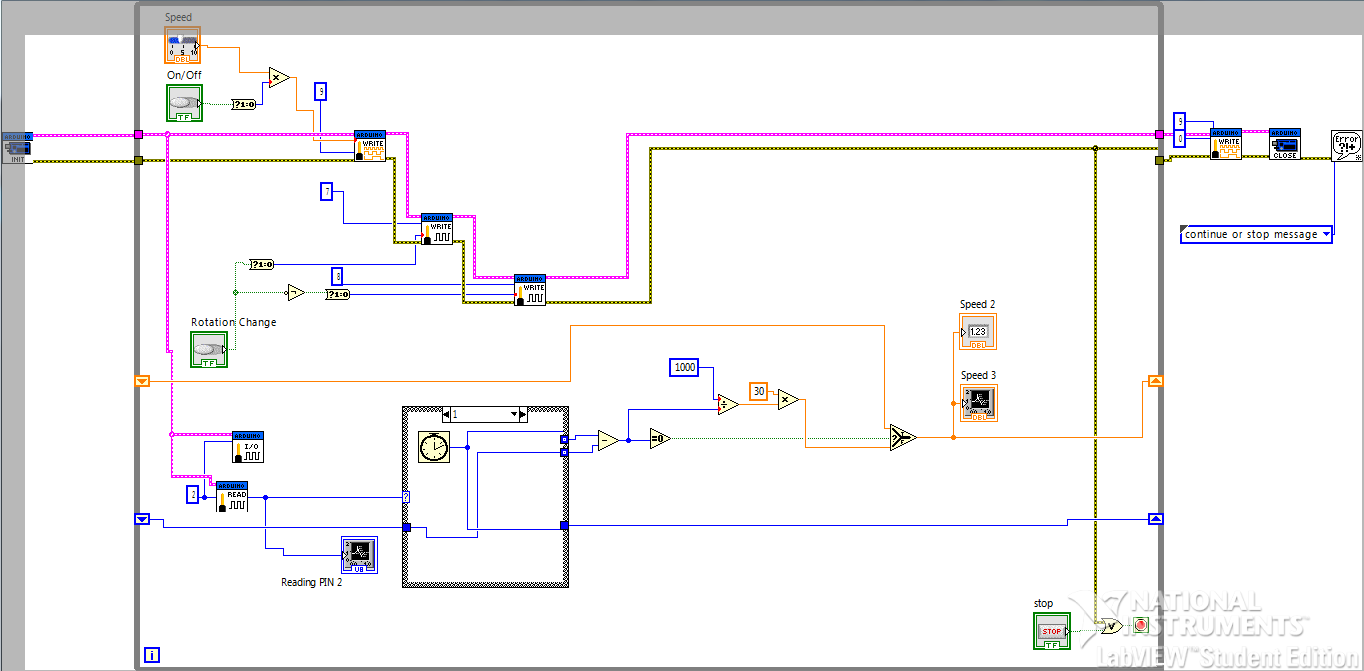

The only change made was to take the derivative of the prior equation. To match the more familiar presentation, it would be shown as: Even though it is the same second-order differential equation, its presentation and explanation differ.

Textbooks describing the PID algorithm present it as a differential equation, but not in the same way as the spring-mass or LRC circuit. A lot of real world applications are second order differential equations, so the ability to comprehend the common mathematical foundations makes it easy to understand and remember. They are second-order differential equations. That’s because they are the same mathematically.

Engineering graduates are very familiar with the spring-mass system and LRC circuits. Once engineering students grasp differential equations, they see them used to explain the classic spring-mass system in physics and LRC circuits in electrical studies. However, this article suggests a different approach using velocity instead of position.Ī core foundation of an engineering curriculum is differential equations. Why is it presented this way? Well, it does match the name of the algorithm and shows the proportional, integral, and derivative terms in a simple manner. OP = Output to the final control element, typically in percent of scale


 0 kommentar(er)
0 kommentar(er)
